Nationality North American Known for painting | Name Sylvia Edwards Role Artist | |
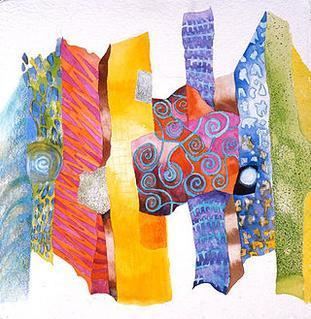 | ||
Education Massachusetts College of Art and Design | ||
sylvia edwards bibliophile book review
Sylvia Edwards (born 30 January 1937) is an American abstract artist. Her work has achieved huge commercial success, and is known and respected around the world. She has had over thirty solo exhibitions in America, Europe, the Far and Middle East since her first commercial exhibition in 1975. Nearly 50 group exhibitions have included her work. Her reproductions on UNICEF greeting cards are amongst the most popular and sell in the millions. Her poster prints and limited edition silk-screen prints are some of the best-selling images in their respective ranges.
Contents
- sylvia edwards bibliophile book review
- Sylvia edwards aka mrs incredible inspiring outlook on life
- Early life
- Iran
- Public collections
- Solo exhibitions
- Group exhibitions
- Selected criticism
- References
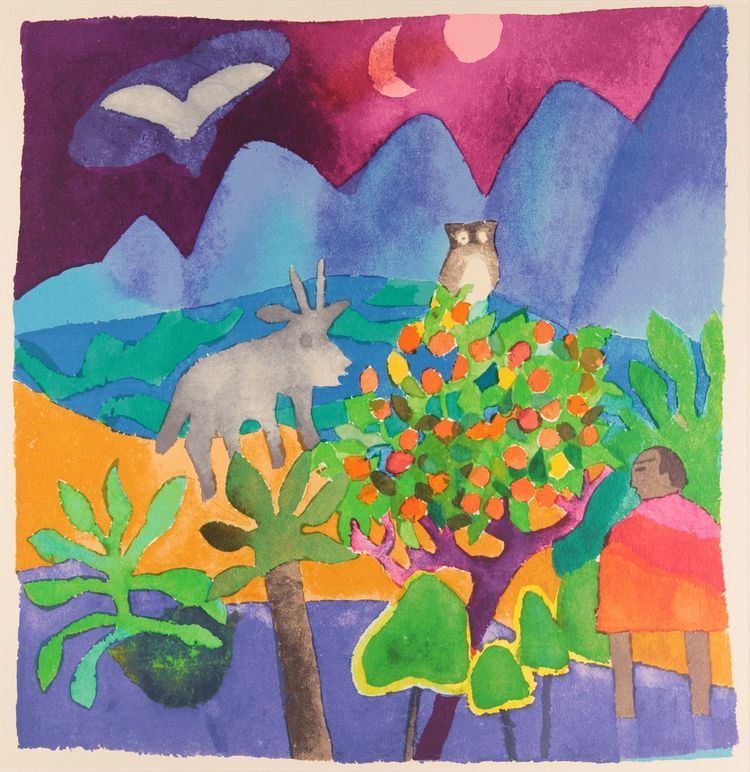
Sylvia edwards aka mrs incredible inspiring outlook on life
Early life
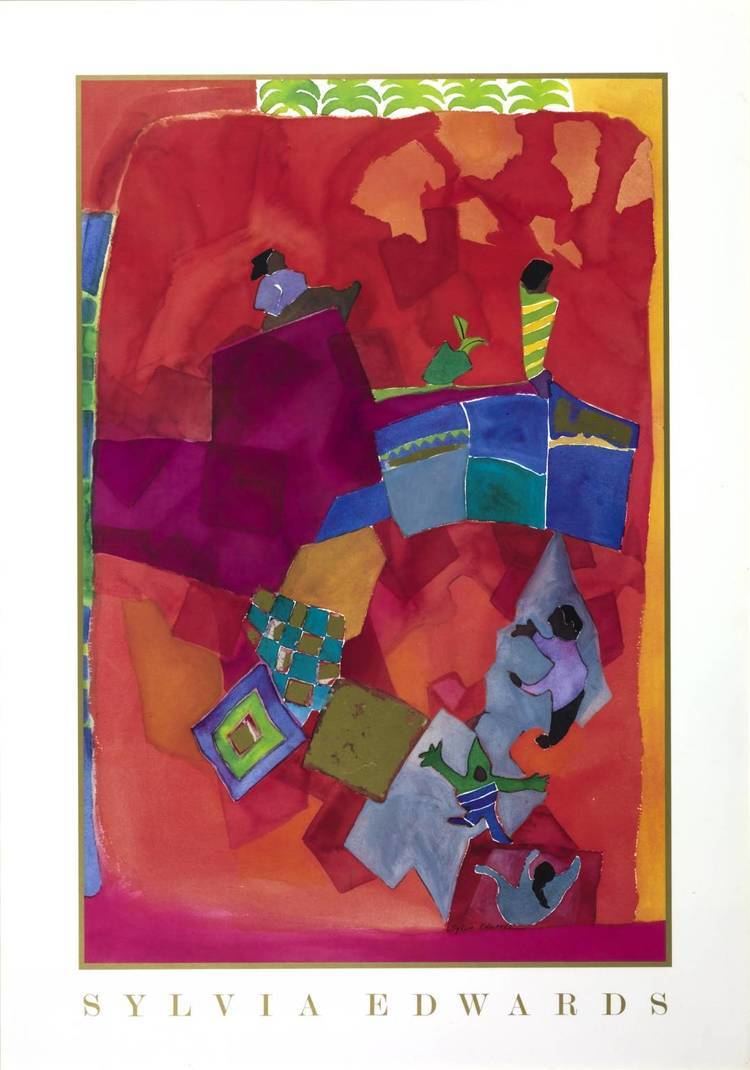
Sylvia Edwards was born in Boston, Massachusetts, to a second-generation American. Her father, Junius Griffiths-Edwards, was a quiet man yet extremely creative, with original ideas. He was a music impresario, hiring the big bands of the 1940s, such as Harry James, Duke Ellington and Tommy Dorsey—and eventually founded a magazine, Ballroom and Orchestra, a forerunner for Down Beat. Her mother was a compassionate and independent woman with French Canadian heritage—family name Mailloux-Chabot. She encouraged Sylvia to draw images of the world around her and instilled in her a love of colour.
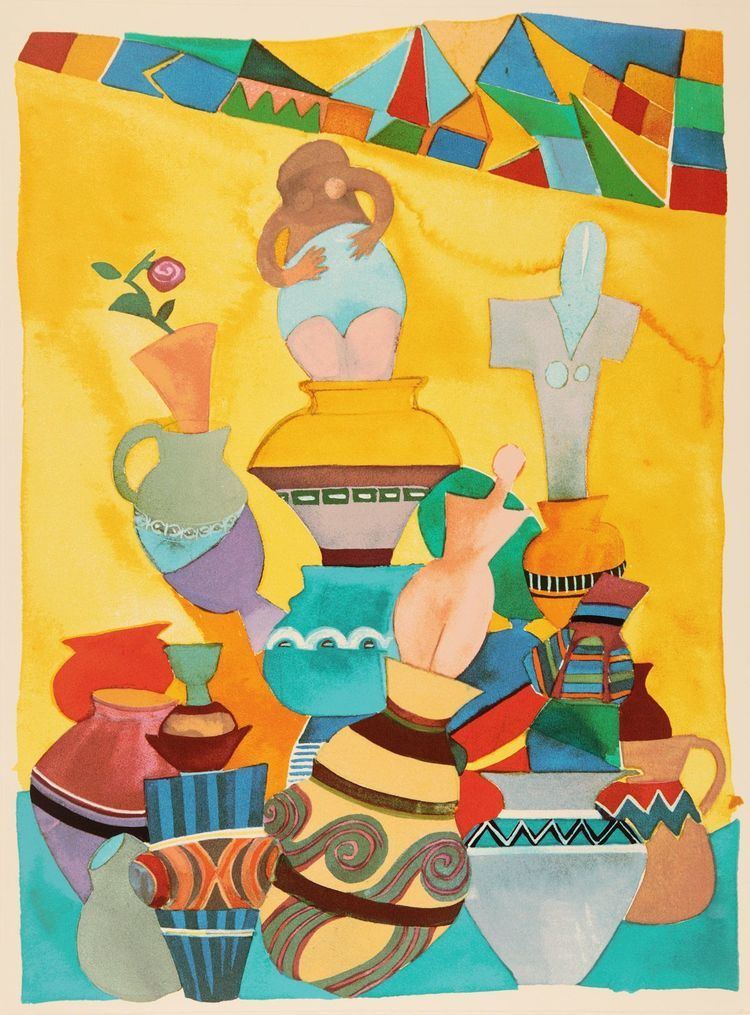
Summers were spent outside the city in a country house in Uxbridge, Massachusetts. The variety and beauty of the countryside reinforced Edwards' already active imagination while the isolation encouraged her resourcefulness and creativity.
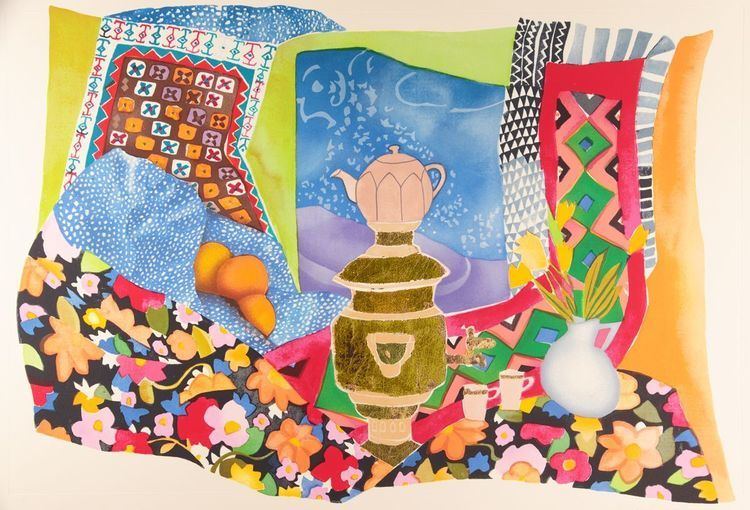
While at secondary school she attended special classes for artistically gifted children and went on to gain acceptance at Massachusetts College of Art (University of Massachusetts) from 1954–1957. Here she discovered her love of abstraction under the tuition of Lawrence Kupferman, a modernist painter who introduced his students to the work of Georges Braque and Piet Mondrian and the dynamics of city-scapes. Her formal studies ended suddenly, when she left college to marry an Iranian student, Sadri Golestaneh who was studying to become an electronic engineer. They remained in Boston to have their first daughter, Shirin in 1958 and then moved to Philadelphia, where their second child, Nader was born in 1960. In 1961 the family moved to Tehran, Iran—and the next stage in Edwards' artistic education had begun.
Iran
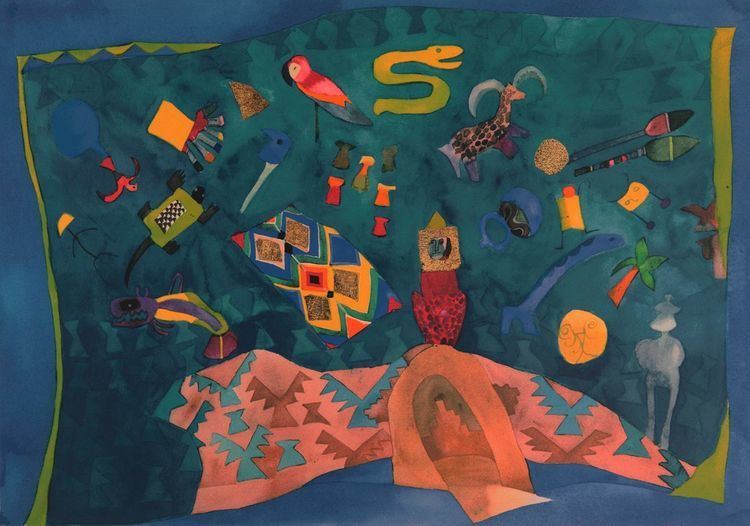
The fourteen years spent living in Iran were to have a profound influence on Edwards' artistic and personal development. Her new home in the middle east exposed her to a visual wonderland of colour, a new culture and a manner of living vastly different from her native homeland. Edwards studied Iran's history, the impact it had on other civilizations, the arts and crafts, but above all she got to know the people and their views of life. The Iranian appreciation of beauty remains, first and foremost, in her memory.
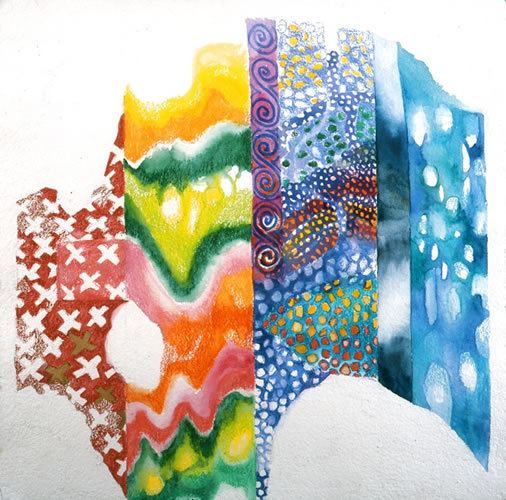
After they moved from Tehran to Southern Iran, their third child, Leila was born in 1966. It was here her husband encouraged the building of a studio for her on the lower level of the house where she began to rediscover her artistic passion. The total experience of living in Iran helped contribute to Edwards' interest in painting landscapes, flowers and, eventually, abstracts, for she began to think about the voids in the terrain.
Public collections
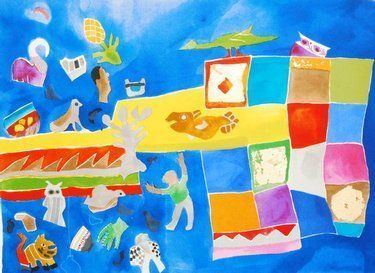
Solo exhibitions
Group exhibitions
Selected criticism
Infinite Softness
"The works of Sylvia Edwards Golestaneh have an affinity with Japanese wood-cuts and the artist has brought to realization the innate character and possibilities of watercolour: flow of colours and lines in space, poetry of shapes and themes.This gentleness seems to touch the world and transform it, even perpetuate it in the calm pastel hues and the satisfying and warm pulse of tints which remain pure and fresh when merged, especially when they embark on a dialogue of an intimate nature.One sees elegant vases shooting forth delicate, flowering branches, villages and traditional structures, flowering spring landscapes or those of winter covered with their silent layer of snow.In this calm painting the figurative becomes 'tachist' or even 'cubist' but always indistinct, nebulous, gently stirring.These gentle country themes take, on occasion, directions where one may conjure up some sort of hidden frivolity, secret and introspective which introduces into this charming atmosphere of sincerity, several passionate touches which are the subtle spice of peace and serenity."Jacques SIMON: Journal de Téhéran, April 1975
"Her flower paintings glow as if with inner light—taking on the living vibrancies"Mel Gooding: Arts Review, 1988
"Each time Edwards gives her kaleidoscopic mind a shake, we get a splendidly lush yet pictorially ordered glimpse of chaos. Nothing in these paintings is encoded in a private language... Rather they are unaffected celebrations of the world in its upbeat mode."Robin Duthy, 1988
